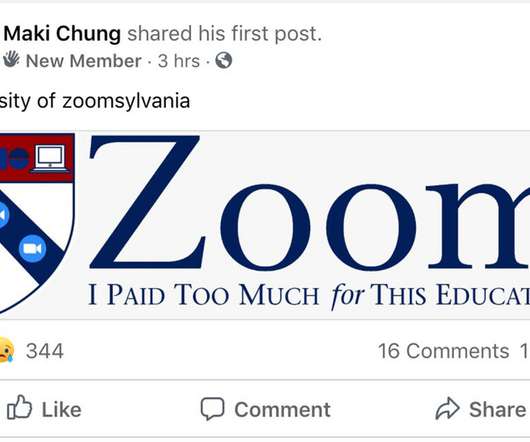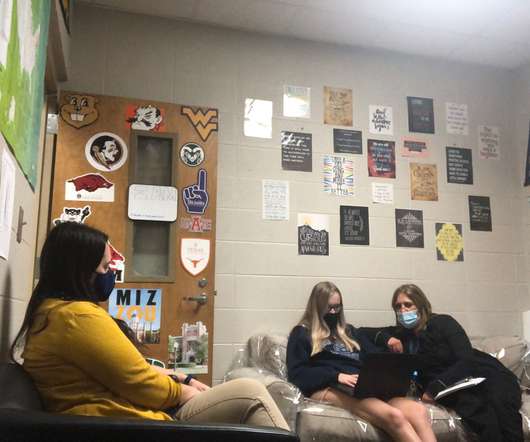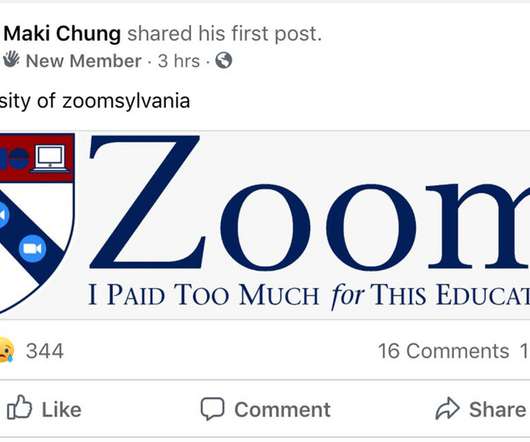Essential Guide to Digital Citizenship for CIPA and E-Rate
Graphite Blog
SEPTEMBER 22, 2020
The Schools and Libraries Program of the Universal Service Fund, more commonly known as E-rate, is a federal program through which schools and libraries can apply for funds to purchase hardware, internet access, and telecommunications to connect their students to learning opportunities. What is E-rate?


























Let's personalize your content